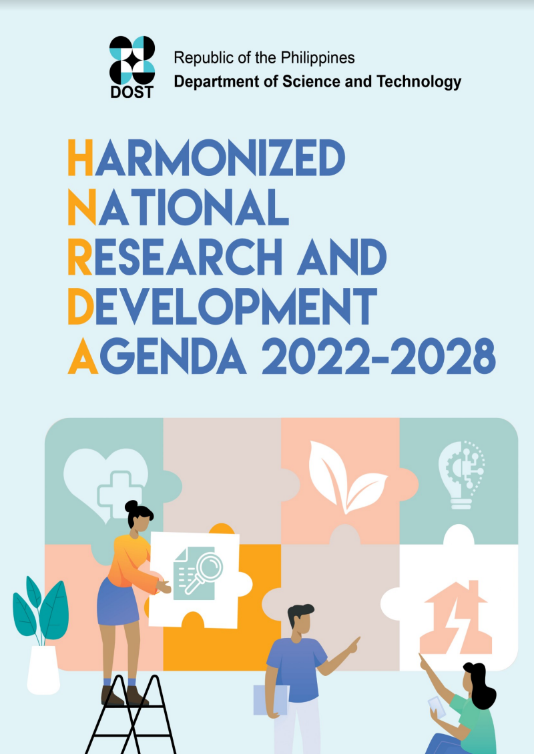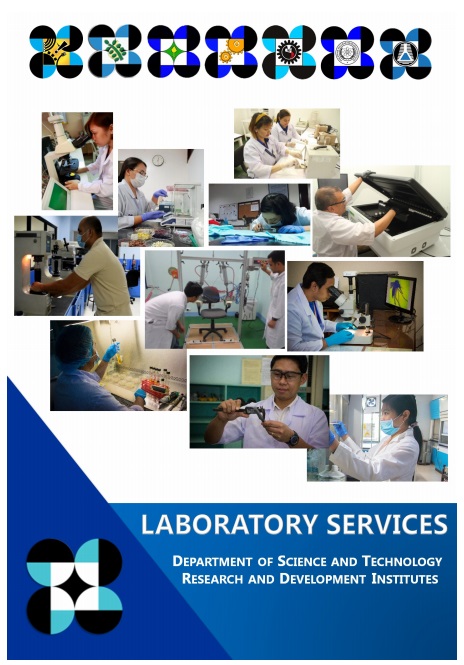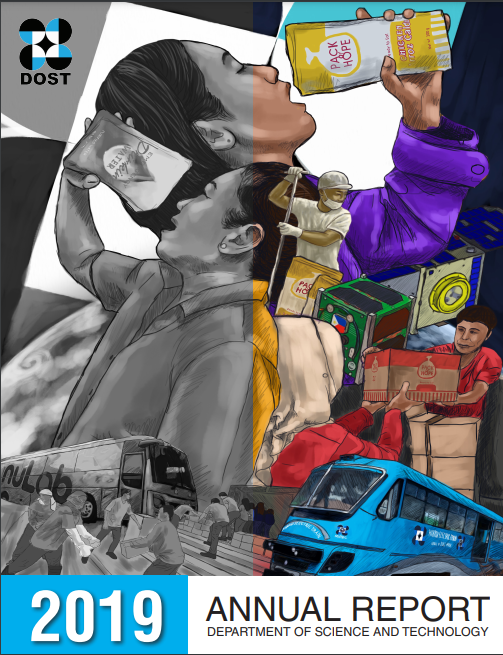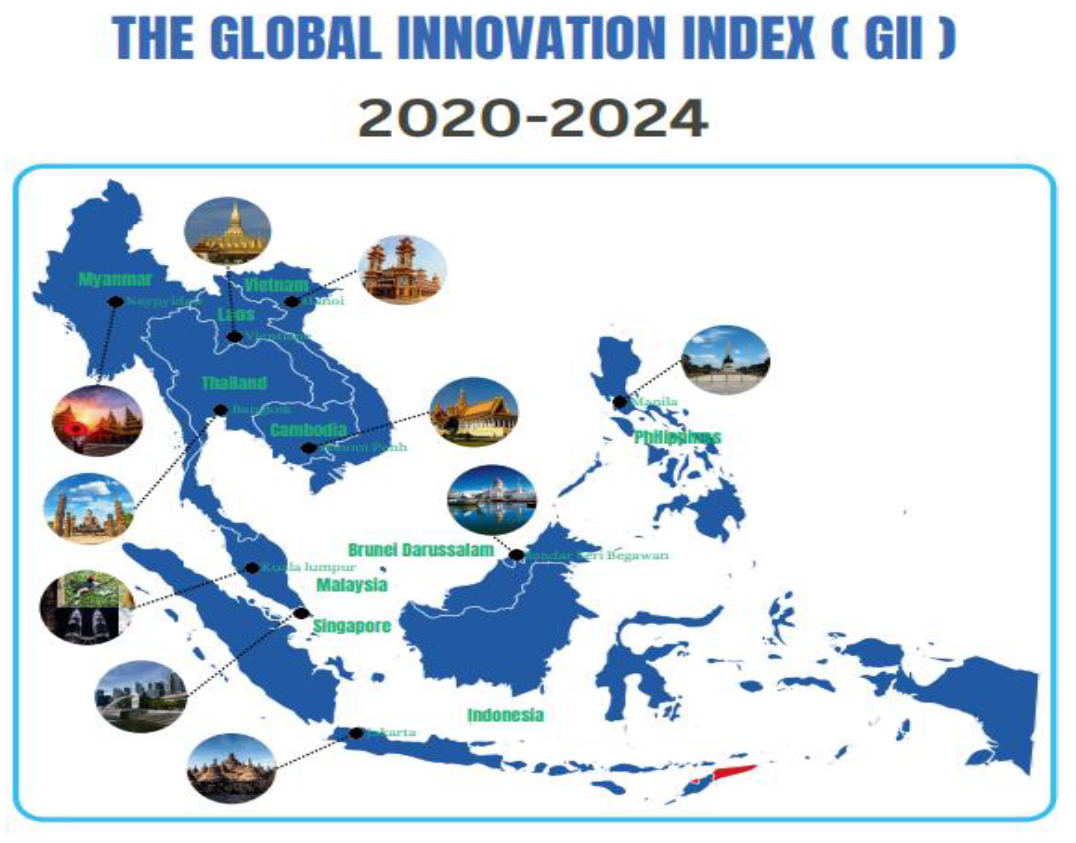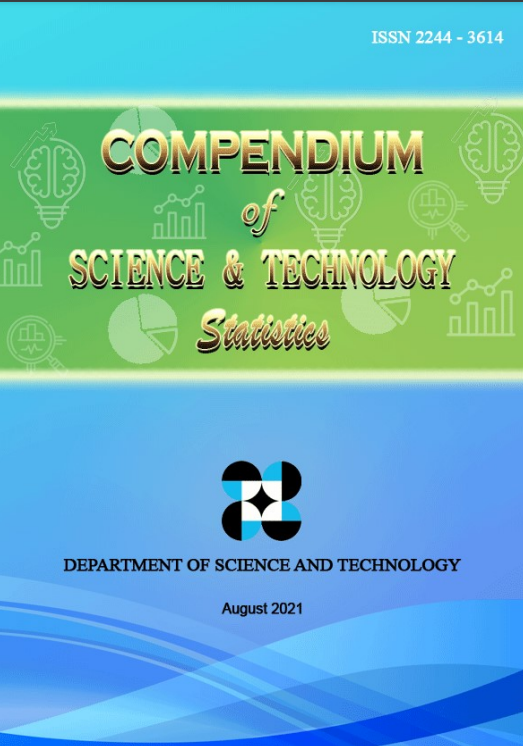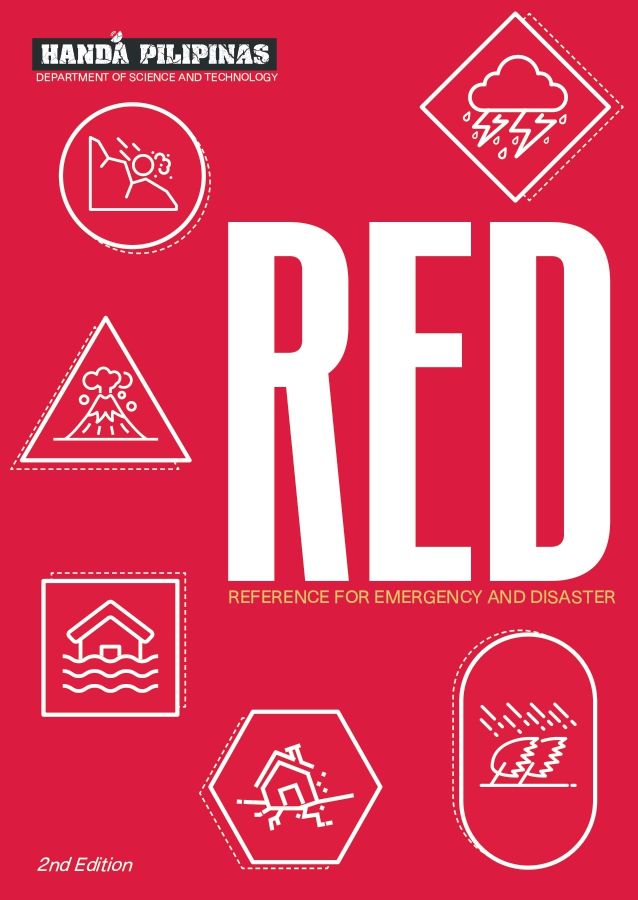DOST’s new lab to cut scan procedure costs
- Details
- Hits: 3491
Starting this year, Filipinos may avail of cheaper medical diagnostic tests as the Department of Science and Technology (DOST) is set to locally produce Technetium-99m (Tc-99m). This silver-gray, radioactive metal is used for medical and research purposes, including evaluation of the medical condition of the heart and other organs, and studying blood flow.
This prospect comes with the recent unveiling of the Radioisotope Laboratory building at the DOST’s Philippine Nuclear Research Institute (PNRI) office in Diliman, Quezon City. The laboratory, which houses the generator plant for the isotope, is the first Tc-99m production facility in the Philippines.
PNRI Director Alumanda de la Rosa said that producing Tc-99m locally will cut at least 50 percent of hospital procedures.
She also added that by February, PNRI would be able to provide all the Tc-99m-based radiopharmaceutical needs of hospitals at a cost lower than the current prohibitive cost of imported radiopharmaceuticals.
Also called Molybdenum 99, Tc-99m is a radioactive tracer chemical used in almost 80 percent of diagnostic imaging procedures such as bone and lung scans, and renal scintigraphy. It is widely preferred because of its short-lived gamma rays and its capacity for normal imaging techniques.
Over 35 hospitals around the country with nuclear medicine centers have to import Tc-99m generators, thus making medical procedures too costly for the public. A typical imported generator costs $1,000—higher than its cost in Indonesia which is $388.
However, the local production of Tc-99m will make diagnostic tests more affordable and accessible to a wider segment of the population.
The facility was completed with assistance from the International Atomic Energy Agency (IAEA) to ensure that the laboratory complies with good manufacturing practices and radiological safety requirements.
The facility also aims to localize the production of radiopharmaceutical products and make them available to government hospitals, particularly for charity patients, at a subsidized cost.
According to PNRI Director Alumanda de la Rosa, by February 2014, PNRI would be able to provide for all the Tc-99m-based radiopharmaceutical needs of hospitals at a cost lower than the current prohibitive cost of imported radiopharmaceuticals.
Meanwhile, DOST-PNRI is preparing the installations of Tc-99m hot cell facility for the production of Tc-99m generators and studies on quality control procedures for the preparation/production of Tc-99m and Tc-99 radiopharmaceuticals.
Dumaguete studes ace DOST’s nuke quiz
- Details
- Hits: 3148
 Winners of the Philippine Nuclear Science Quiz Bee –National Level Competition 2012 with their coaches at the closing ceremony of the 40th Atomic Energy Week on December 14, 2012 at the DOST-Philippine Nuclear Research Institute with sponsor former Congressman Hon. Mark A. Cojuanco (middle). The winning teams were from the Ramon Teves Pastor Memorial Dumaguete Science High School (champion); Philippine Science High School - Western Visayas Campus (second place); and the Philippine Science High School - Southern Mindanao Campus (third place). (S&T Media Service)
Winners of the Philippine Nuclear Science Quiz Bee –National Level Competition 2012 with their coaches at the closing ceremony of the 40th Atomic Energy Week on December 14, 2012 at the DOST-Philippine Nuclear Research Institute with sponsor former Congressman Hon. Mark A. Cojuanco (middle). The winning teams were from the Ramon Teves Pastor Memorial Dumaguete Science High School (champion); Philippine Science High School - Western Visayas Campus (second place); and the Philippine Science High School - Southern Mindanao Campus (third place). (S&T Media Service)
Students from Ramon Teves Pastor Memorial Science High School emerged as champions in the Department of Science and Technology ‘s first ever Philippine Nuclear Science Quiz Bee – national level competition held recently at the Nido Fortified Science Discovery Center, SM Mall of Asia, Pasay City.
The whiz team from Region VII, composed of Alec Benjamin G. Ramirez and Hannah Jael M. Cadusale with their Coach Lourdes D. Lee, bested 21 other qualifiers out of 192 schools that participated from the elimination round conducted per region.
They received P20,000 cash, a Medal of Recognition for each team member, a trophy for the school and a Plaque of Recognition for the coach.
Placing second was the Philippine Science High School -Western Visayas team who received P15,000, followed by third placer Philippine Science High School –Southern Mindanao team who received P10,000.
“The nuclear quiz show intends to make nuclear science more interesting to the Filipino youth and highlight its benefits to the society,” said Dr. Alumanda dela Rosa, director of DOST’s Philippine Nuclear Research Institute, the organizer of said nuke quiz.
The nuclear quiz bee, held in collaboration with the Department of Education to celebrate the 40th Atomic Energy Week, has the theme “Nuclear Science, Technology and Innovation: Engine for Growth and Development.” The event featured exhibits, technical sessions, guided tours of facilities and laboratories, and video showing at the DOST-PNRI in Diliman, Quezon City.
Started in 1973, the annual celebration is mandated under Presidential Proclamation No. 1211 to generate awareness of the Filipino people on the beneficial uses of nuclear science and technology in food and agriculture, health and medicine, industry, energy, and the environment.
DOST ‘s newly conferred scientists
- Details
- Hits: 3061

DOST ‘s newly conferred scientists. Dr. Aida Baja Lapis of the natural resources department (left) and Dr. Rodel Suralta of PhilRice (right) took oath as Scientist 1 at the central office of the Civil Service Commission on December 19, 2012. The oath taking was led by the Philippine Scientific Career Council Chairman and Civil Service Commissioner Francisco T. Duque (middle). The 2006 Merit System for the Scientific Career System constitution and by-laws (CBL) specifies the scientist rank requirements, which include scientific discoveries and inventions or technology, machine, or utility model patents, comprehensive documentation of research accomplishments for the last 10 years.The merit system aims to give credit to researchers devoted to research and development, invention and innovation, science and technology education, training, and services.
Sweet sorghum eyed as alternative source of income for farmers
- Details
- Hits: 6299
Sweet sorghum may be the next crop that will bring income to farmers affected by the Sin Tax Law. This was one of the major points raised during a recent focus group discussion mounted by the National Academy of Science and Technology (NAST), an advisory body of the Department of Science and Technology.
Titled “Are We Ready for Sweet Sorghum Bioethanol?” experts and other stakeholders discussed the strong potentials of sweet sorghum as a raw material for bioethanol.
“Tobacco farmers will lose their jobs if taxes will increase, and demand for tobacco products will slow down,” explained guest speaker Dr. Heraldo L. Layaoen, vice-president for planning, development and external linkages at the Mariano Marcos State University Batac (MMSU) in Ilocos Norte. “We have a ready substitute for this—sweet sorghum.”
“It generates employment and may replace the tobacco industry without hurting the farmers,” he elaborated.
He explained how the crop’s profitability can turn the tide in favor of farmers of tobacco who use too much pesticides in order to protect the leaves. He emphasized that sweet sorghum is a multi-purpose crop. It can be used not only as food, but as feed and fuel as well.
“In the tobacco industry, one major issue is fuel,” he revealed. The cheapest source of energy in flue-curing, according to Dr. Layaoen, is fuel wood. This largely explains why mountains in Ilocos are denuded. The trees are being cut to gather the wood for flue-curing. “Even the kaimito trees and other fruit trees were not spared,” said Dr. Layaoen. “I’m a witness to this predicament in our environment.”
Tobacco is one of the leading cash crops in the Ilocos region.
Dr. Layaoen also explained that sorghum has an extensive root system, making the crop drought tolerant. Producing a grain of sweet sorghum also does not require a lot of water, unlike other grains. Furthermore, the equipment for sweet sorghum production is the same equipment used in sugarcane juice processing.
However, Academician Alvin B. Culaba, NAST’s focal person on energy, revealed that market acceptance of the crop continues to be a subject of research. Acd. Culaba, a member of the NAST Engineering Sciences and Technology Division, is involved in research activities on alternative and renewable energy sources including biodiesel and bioethanol, advanced energy conservation technologies, and the monitoring of energy programs in the Philippines, among others.
Another institution undertaking research initiatives is MMSU, the nerve center of sweet sorghum studies and development in the country. Dr. Layaoen is at the forefront of MMSU’s sorghum experiments and nationwide testing of different varieties. Ethanol production is one of the university’s areas of research.
In his overview of the sweet sorghum industry in the Philippines, Dr. Layaoen shared that Ilocos Norte is the ideal place for planting sweet sorghum because of its long dry season. However, it was suggested that small farmers adopt a cropping system which rotates sweet sorghum with pigeon peas at a ratio of 3:1. Pigeon pea restores soil quality and provides fuel for the production of jaggery or concentrated juice.
Dr. Layaoen added that a farmer’s cooperative has been set up in Ilocos to provide the seeds, as well as a village-level bioethanol distillery using sweet sorghum as feedstock. Its end product—hydrous ethanol—is used to make moisturizers and hand sanitizers, which are now commercially available.
Aside from moisturizers and sanitizers, sweet sorghum may also be used to make syrups and fresh juices, among others.














